Some Thoughts About a Sporty Adventure: Triathlon
Trips
6. Jan. 2020
Upd. 21.11.2024
Manfred Goschler
Physical and Mental Motions
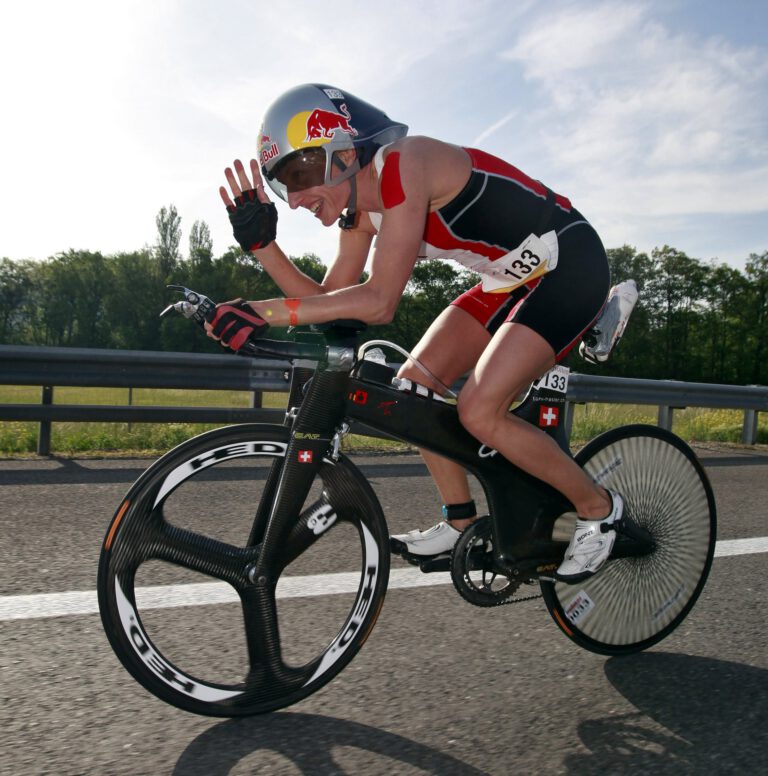
Triathlon is an endurance sport that combines swimming, cycling, and running in various distances. Many books and magazines offer excellent insights into this sport, and I’d like to highlight Going Long by Joe Friel and Gordon Byrn. This book was among the first to thoroughly explore triathlon’s diverse aspects, addressing not only competition but also personal growth and self-improvement.

How Did It All Begin?
By my mid-40s, I found myself physically immobile from long hours at a desk job and lacking a solid fitness foundation. Although I always wanted to be more active, it remained just a good intention. Work commitments further limited my efforts. Back in my youth, my doctor advised me to run 5 kilometers daily, but I never followed through. Years later, I noticed a lack of endurance during activities like windsurfing, snowboarding, or hiking, which motivated me to consider a change.
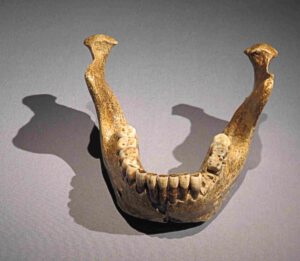
Around 2004, a friend living in Heidelberg told me about the “Heidelbergman,” a local triathlon event. Initially, I thought it was related to an archaeological find, but it turned out to be a triathlon over the Olympic distance in the scenic Rhine-Neckar region. The chance to swim, bike, and run through Heidelberg’s historic sites and beautiful landscapes inspired me to embark on this adventure.
Though I was mostly unprepared for the physical demands, I registered, eager to take part and gain a new experience.
The day of the race was both exhilarating and challenging—I quickly realized how much I’d underestimated the event’s physical and mental demands. After a tough fight to stay ahead of the “sweeper vehicle,” I managed to cross the finish line within the time limit, achieving my small but hard-earned “happy ending.”

Triathlon as Competition?
Triathlon combines swimming, cycling, and running—three sports many of us have tried at some point. But why join a competition? Although I enjoyed jogging and cycling, I hadn’t trained regularly, especially for swimming. Competing in Heidelberg provided a unique opportunity to test these skills alongside seasoned athletes.
Signing up for a triathlon creates a commitment to face a future physical and mental challenge.
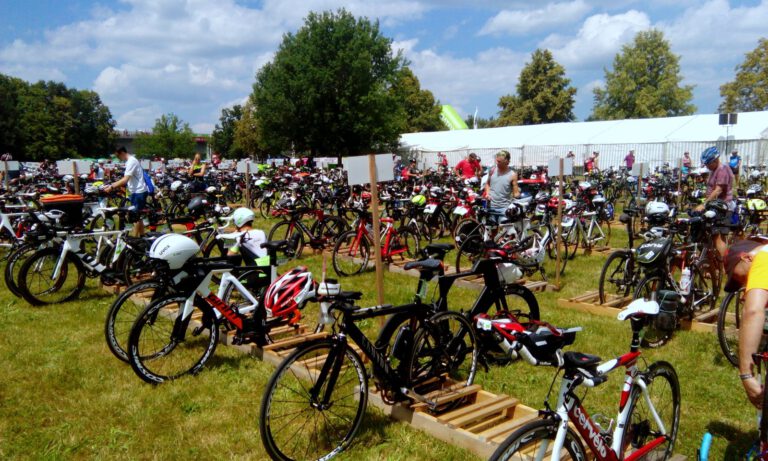
This commitment generates a positive drive that directs our focus toward a goal. For example, preparing for Heidelberg’s event encouraged me to learn new skills, like freestyle swimming, and stick to a training plan. This motivation has persisted, especially as I set my sights on longer-distance events, like the Challenge Roth or even the Ironman in Frankfurt.
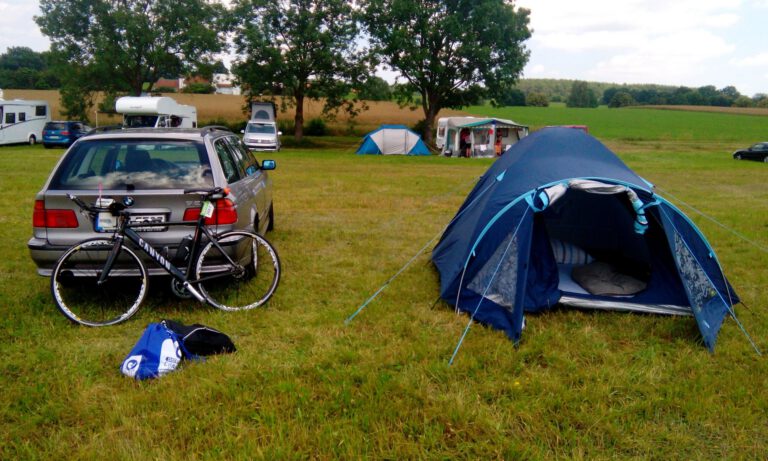
With a goal in mind, training becomes easier, and it’s simpler to push through low-energy days. On race day, after checking in, the adrenaline starts building, and there’s a palpable atmosphere of excitement and camaraderie. When the race begins, pacing oneself is crucial. As fatigue sets in, particularly during the final running segment, the goal becomes clear—crossing the finish line. Reaching it brings immense satisfaction, marking the end of a journey. Celebrating with friends or family afterward makes the event all the more memorable.
Triathlon as a Lifestyle?
Triathlon is a versatile sport, pursued by individuals of diverse skills and goals across various settings. Besides fostering physical activity, it encourages a healthy lifestyle by including elements like nutrition. We can also carry lessons from this sport into our daily lives, like setting personal goals and building endurance to tackle life’s challenges.

If we want an active, varied routine, triathlon lets us choose between swimming, running, and cycling, making it easy to integrate into everyday life. Cycling, for example, can become a regular means of transport, and it’s just as enjoyable in nature, whether on a mountain trail or a city street. Training for triathlon doesn’t always feel like hard work, especially if we incorporate it naturally into our lives.
Training and Gaining Experience
Training for a triathlon improves our movements and performance while teaching us to manage resources and set realistic goals. Fortunately, this sport accommodates various levels, allowing amateurs to enjoy it as a hobby without needing to make extreme sacrifices. For those with limited time due to work or other commitments, incorporating triathlon activities into daily routines can be a great alternative. Riding a bike to work, hiking, or running while appreciating nature can be effective ways to stay active and improve endurance without feeling bound to a strict regimen. The training journey, from developing new skills to fine-tuning performance, is as rewarding as the competition itself.
A Touch of Technique and Aesthetics
Triathlon is also about refining technical details, especially in equipment. While swimming and running are more natural in terms of movement, cycling transforms us into a “human-machine unit.”

Triathletes often adopt aerodynamic postures to reduce air resistance, which increases exponentially with speed. Some tech-savvy triathletes also customize their bikes to suit their needs and budget.
The aesthetic appeal of triathlon equipment shouldn’t be overlooked either. High-profile carbon wheels, for example, create a distinctive whirring sound that many find motivating.
The Adventure of Competition—Can Triathlon Be Enjoyable?
Each triathlon event brings unique challenges and an adventurous spirit. The sense of community among athletes and spectators is uplifting, often creating a lively, social atmosphere. Competing reminds us not to let up on our efforts; it pushes us toward a tangible goal—to finish within a set time and reach the finish line.
While triathlon is often associated with pain or exertion, it can indeed be enjoyable. The satisfaction of positive feelings linked to triathlon, like setting goals, experiencing nature, and celebrating achievements, makes it a rewarding pursuit. With the right balance between exertion and recovery, and managed ambitions, triathlon can bring great joy.
“human-machine unit.” Triathletes often adopt aerodynamic postures to reduce air resistance, which increases exponentially with speed. Some tech-savvy triathletes also customize their bikes to suit their needs and budget.
The aesthetic appeal of triathlon equipment shouldn’t be overlooked either. High-profile carbon wheels, for example, create a distinctive whirring sound that many find motivating.
Personal Conclusion
Triathlon, with its varied movements and its connection to nature, has become a foundational sport for me. While professionals may need to fully focus on this sport, it serves as a “core sport” for hobbyists seeking a balanced lifestyle with strength and endurance.
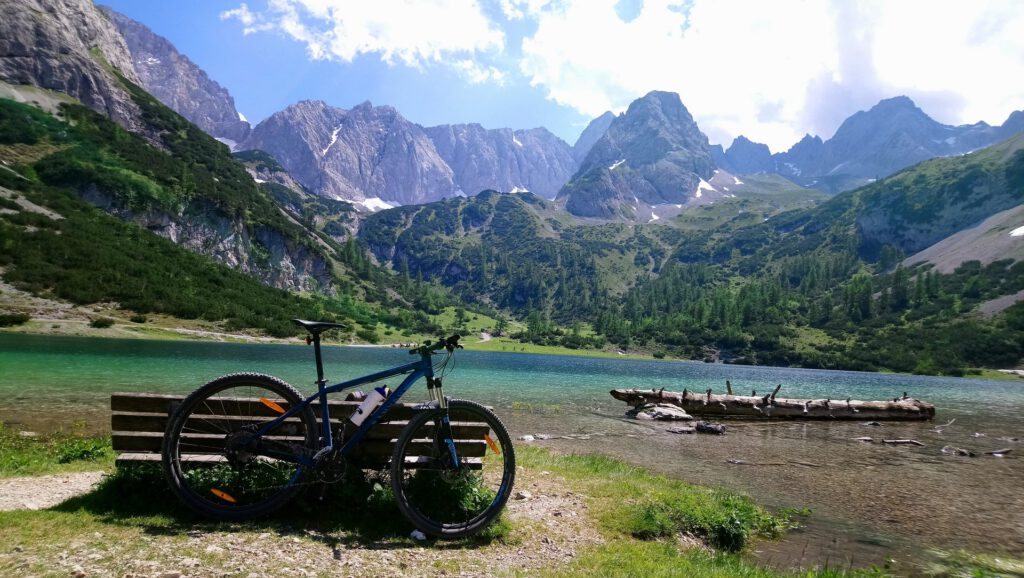
Outdoor enthusiasts can enjoy triathlon in different settings—from mountains to the sea and forests to lakes—blending it with exploration and a love for nature. A mix of training, both light and intense, keeps us fit and ready to participate in events, which become both motivation and adventure.
Triathlon events within the Triathlon Cup Rhein-Neckar, for instance, provide a perfect backdrop for such experiences. There’s always something new to learn and improve upon, from refining techniques to expanding our knowledge on health and training.
And if you hesitate, remember Erich Kästner’s wise words: “There is nothing good unless you do it.”


Tags: #triathlon #adventure #improvements #heidelberg #heidelbergman #focus #endurance #energy #lifestyle #goals #balance #human-machine-unit #Zermatt #Fuerteventuara

